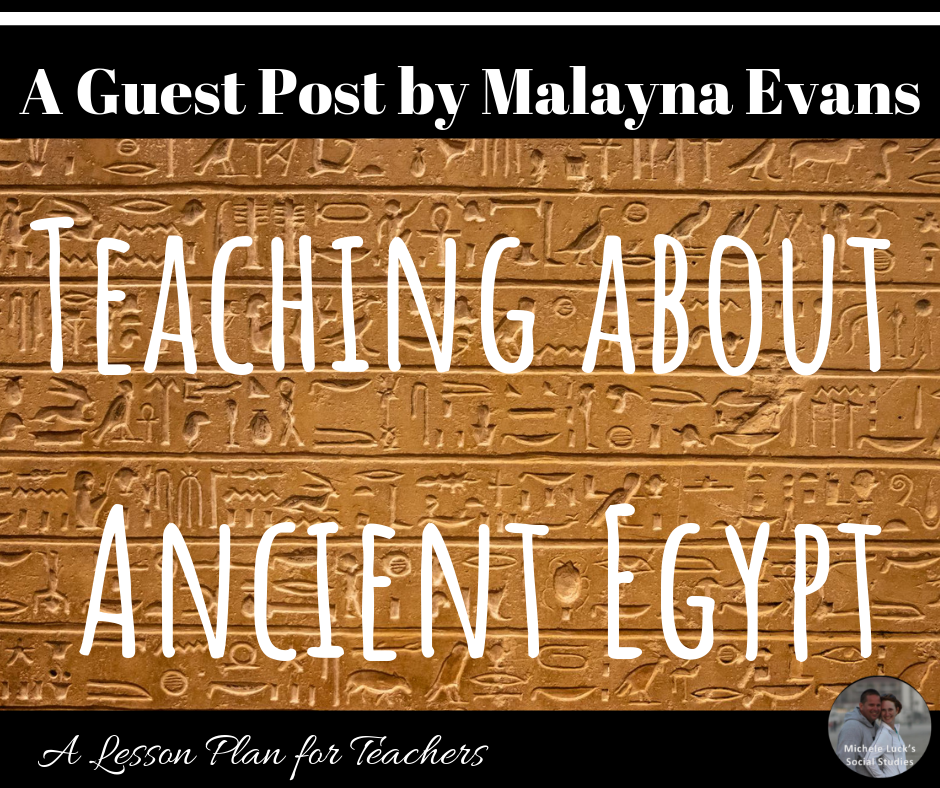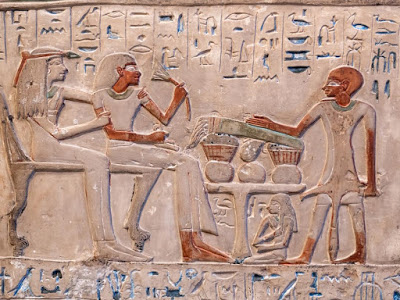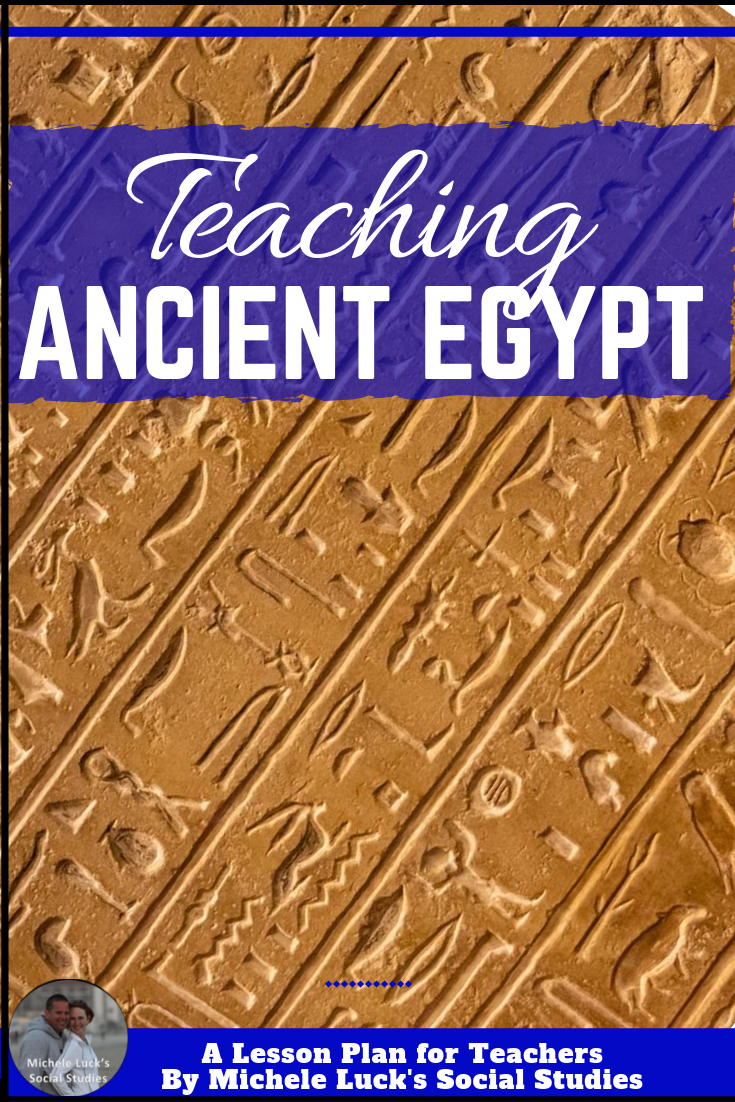
Malayna Evans was raised in the mountains of
Utah and spent her childhood climbing, skiing, reading Sci-Fi, and finding
trouble. Many years later, she earned her Ph.D. in ancient Egyptian history
from the University of Chicago. She’s used her education to craft a time-travel
series set in ancient Egypt. Book one, Jagger
Jones and the Mummy’s Ankh, is out in May of 2019. She enjoys
visiting classrooms to share her passion for ancient Egypt, travel, and
coffee. Malayna lives in Oak
Park, Il, with her two kids, a rescue dog, and a hamster.
I’ve been busy talking to kids about ancient Egypt. I start like this. “Imagine
you lived over 3,000 years ago in ancient Egyptian. How would your life be
different?”
slime. Girls wonder if they’d have gone to school. (No, nor would most boys.)
Some wonder if they’d have worshiped different gods, or ended up as mummies,
or if they’d fit in or stand out.

many are the modern objects and practices we inherited from ancient Egypt. I’ve
found that talking about how this fantastical culture is still with us is a
great way to engage kids.
highlight.
of writing
to phonetic values, starting around 3,000 BC. With thousands of signs, the
language cycled through five stages and had a longer life span than any other
language. It was lost until 1799, when scholars used the Rosetta Stone to crack
the code–it had the same decree written in three texts: hieroglyphs, demotic,
and Greek.
Egypt, but also writing instruments. Egyptians took the leap from carving words
into stone and clay tablets to writing on papyrus with reed pens early in
Egyptian history. This spread to the Mediterranean and West Asia during the
first millennium BC, when papyrus became a valued export. Eventually, Europe started
using parchment and China invented paper around 100 BC, using a technique that
we still use today.

the systems we use to mark time
our calendar.
seasons and twelve months, each made up of three ten-day-long weeks. If you do
the math, you’ll see that only equates to 360 days, which meant the calendar slowly
shifted out of synch with the irrigation cycle. So they tacked five extra days
onto it–birthdays of the gods. In 30 BC, the Romans tweaked this calendar,
adding an extra day every fourth year, to give us the calendar we use today.
both water clocks and sun/shadow clocks.
fashion forward
fashionistas. They invented loads of items designed to beautify that are still
with us today.
was make-up. They made lipstick and blush from clay, eyeliner and eye shadow
from fat, and their nail polish and hair color was a form of henna. They used
toothpaste, toothbrushes, and breath mints. And yes, their toothpaste really
did include mint. Their breath wasn’t the only thing that smelled good: they
made perfume from aromatic woods, incense and animal fats, sometimes using it
in wax form so it would melt throughout the day, leaving the wearer smelling
fresh and yummy. Oh, and their clothes and jewelry were to die for. They even
had high heels!
 I hope these starter ideas are helpful. One of the most
I hope these starter ideas are helpful. One of the mostrewarding things about using my Ph.D. in ancient Egyptian history to write a
middle grade book was invisibly weaving aspects of the history kids probably
don’t already know about into the adventure. Well, that and the mummies!
Find out more about Malayna through the links below.
 And if you’d like classroom-ready resources to supplement those from Malayna, take a look at my Complete Ancient Egypt Unit with interactive resources to keep students engaged and excited about learning history.
And if you’d like classroom-ready resources to supplement those from Malayna, take a look at my Complete Ancient Egypt Unit with interactive resources to keep students engaged and excited about learning history.
Happy Teaching!
